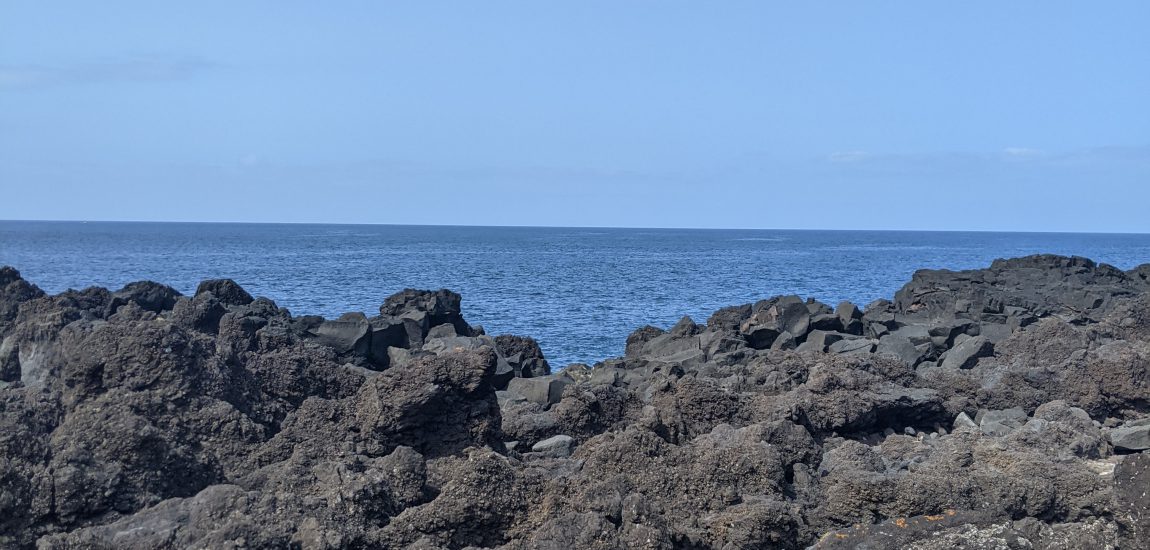
Tuesday Plenary – Marine particle geochemistry
During her lecture, the recipient of Paul Gast Medal took us into the ocean to explore the control of marine particle on biogeochemical cycles.
Phoebe Lam, from University of California, Santa Cruz, began by describing the fundamentals of suspended particulate mass and their ability to scavenge other dissolved elements from seawater. While stressing that the scavenging process refers specifically to the adsorption of these elements on the particle surface, she highlighted the influence of particle composition and concentration during the process.
Over the past 15 years, and thanks to International GEOTRACES program, her team investigated concentration and distribution of various particles in the ocean. Several cruises through Arctic, Pacific and Atlantic aimed at collecting information on particulate organic matter, calcium carbonate, opal, lithogenic mass, as well as Fe and Mn oxyhydroxides concentration. The results showed that all of the water bodies had distinct particle type and concentration signature, but in all of them the concentration of particle decreases with depth. She introduced the partition coefficient that allows to assess the scavenging properties of the particles. Each mineral type has an intrinsic partition coefficient, characterizing the inherent affinity of the particle for a specific element. Interestingly, her results showed that the number of particles was inversely proportional with partitioning. Back in the lab, her team performed further studies to find out a kinetics explanation for this concentration effect. They showed that the loss rate constant, including immobilization by adsorption and mineralization, was increasing with particle concentration.
Using the partition coefficient in controlled experiments, she and her team demonstrated that opal was never a significant phase and that although Fe and Mn oxyhydroxides were not as abundant as the other particles in the ocean waters, their reactivity was clearly outstanding. The reason was evidence at the microscopic scale: their high surface area as compared to the other particles. In addition, for some elements, like Protactinium, the composition and subsequent surface charge plays also a role.
Finally, she showed that in hydrothermal plumes, the reactive MnIII bearing particles tend to react quickly and sink, resulting in a depletion of the particles, especially containing other elements like Co or Mo. Her talk therefore took us on that journey through three oceans at the macroscale but also down to the molecular scale to understand the complex chemistry of marine scavenging particles.
